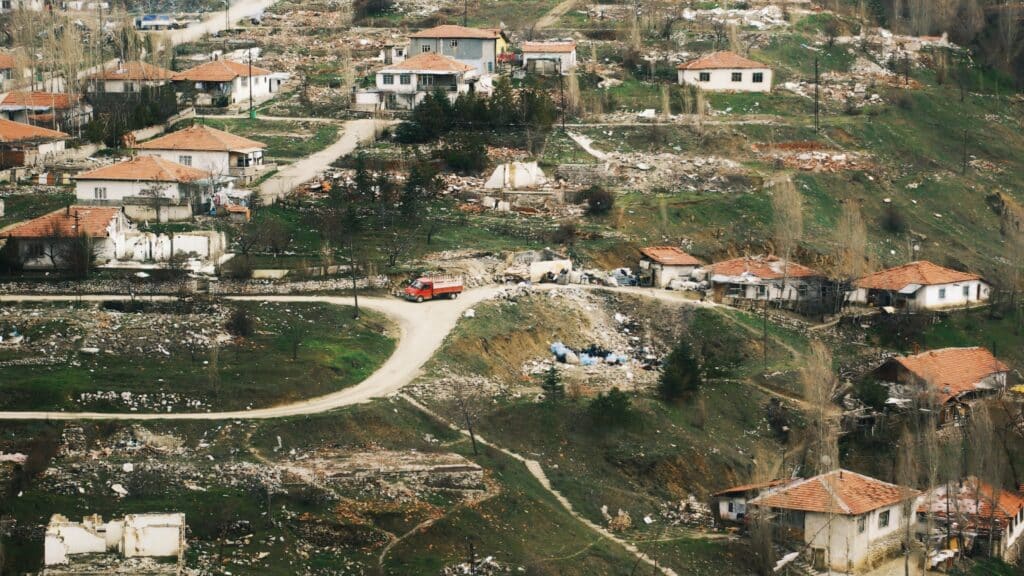In the heart of Nairobi’s ever-evolving urban landscape, a delicate dance unfolds—one that requires careful choreography to harmonize urban growth with sustainable land use practices. As the city’s boundaries expand and its skyline reaches new heights, the imperative to strike a balance between development and environmental stewardship becomes paramount. Addressing issues of sprawl, preserving green spaces, and planning infrastructure lays the foundation for a vibrant and resilient Nairobi of the future.

Urban sprawl is a challenge that demands strategic solutions. As Nairobi’s population surges and economic activities diversify, there is a risk of unplanned expansion that fragments communities, increases traffic congestion, and strains resources. The city must engage in comprehensive urban planning that prioritizes compact development, mixed-use zones, and efficient public transportation to mitigate the negative impacts of sprawl.
Green space preservation is an investment in quality of life. Amid the hustle of urban living, the importance of parks, gardens, and natural landscapes cannot be overstated. These green oases provide respite, promote well-being, and contribute to the city’s aesthetics. By incorporating green spaces into urban planning and development, Nairobi can create a healthier and more livable environment for its residents.
Infrastructure planning is pivotal for sustainable growth. As Nairobi expands, the need for well-designed infrastructure becomes evident. From roads and public transit to water supply and waste management, infrastructure must align with the city’s long-term vision for sustainability. Implementing smart infrastructure solutions that minimize resource consumption and enhance efficiency is key to shaping a resilient urban future.

Mixed-use development is a catalyst for balanced growth. The juxtaposition of residential, commercial, and recreational spaces fosters vibrant neighborhoods and reduces the need for long commutes. By creating urban environments where work, leisure, and living coexist harmoniously, Nairobi can mitigate congestion, enhance walkability, and enrich the city’s social fabric.
Affordable housing is a cornerstone of inclusive development. Rapid urbanization can exacerbate housing shortages and affordability challenges. Nairobi’s urban planning must prioritize the creation of affordable housing options that cater to diverse socio-economic backgrounds. This not only addresses social inequalities but also contributes to stable, thriving communities.
Engaging communities in the planning process is pivotal. Nairobi’s residents possess a wealth of local knowledge and insights that can shape development decisions. Participatory urban planning that solicits input from diverse stakeholders ensures that development projects reflect the needs, aspirations, and concerns of the people who call the city home.
In conclusion, Nairobi’s journey through urban development and sustainable land use is a testament to its commitment to a vibrant and resilient future. By embracing compact urban growth, preserving green spaces, planning infrastructure thoughtfully, promoting mixed-use development, addressing affordable housing, and engaging communities, the city can weave together the fabric of a progressive and harmonious urban landscape. The choices made today will define the Nairobi of tomorrow—an urban masterpiece that blends growth with sustainability, creating a city that thrives while honoring its natural and cultural heritage.




